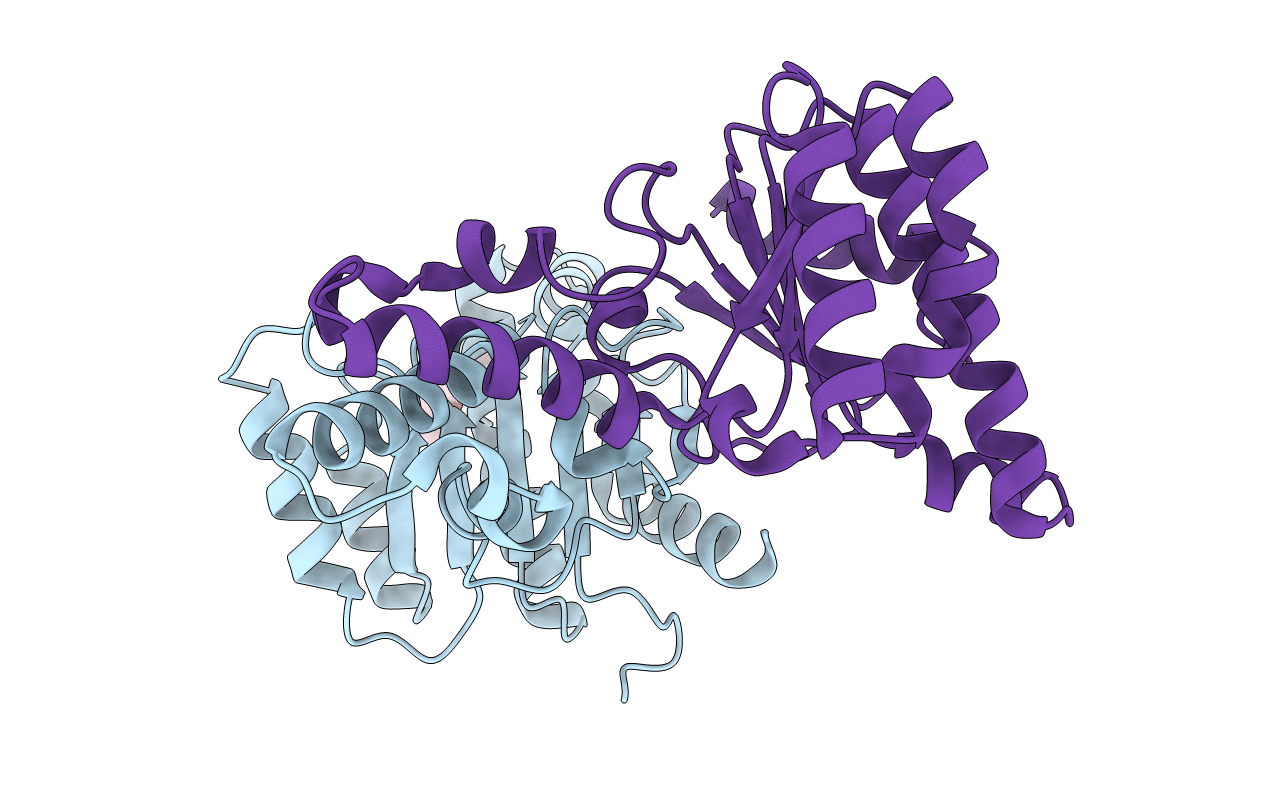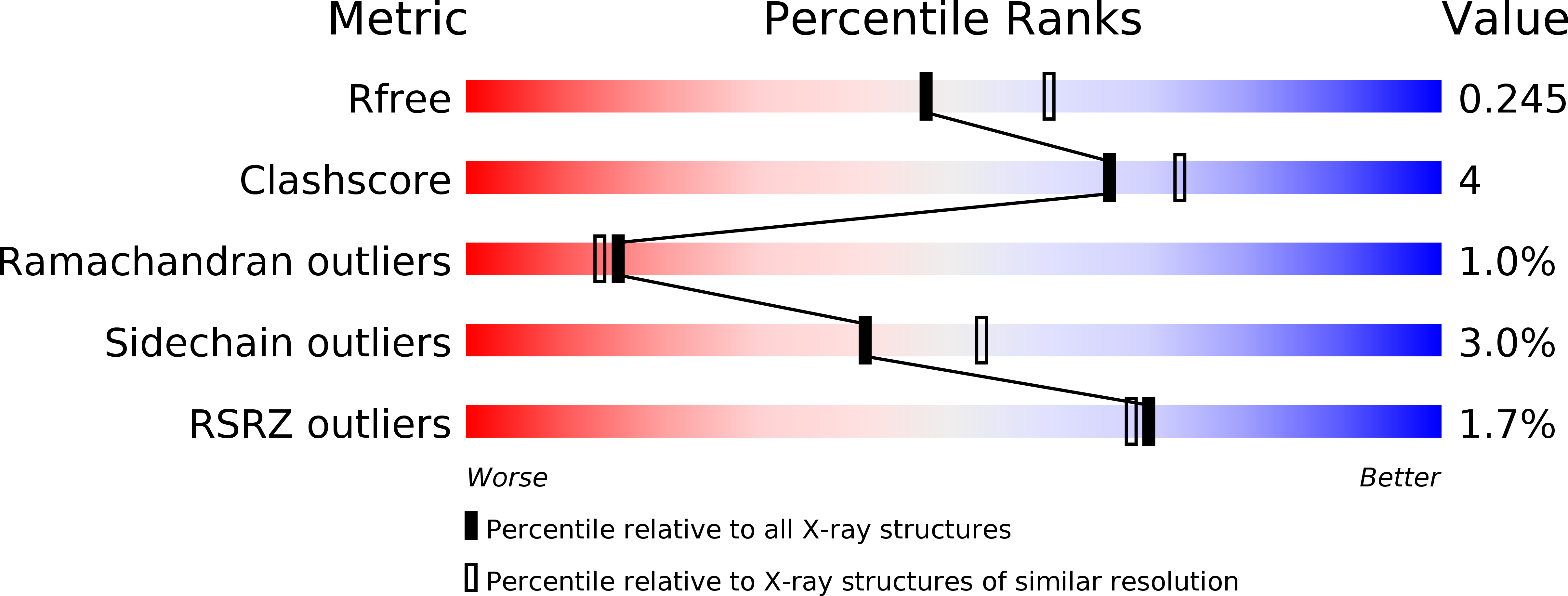
Deposition Date
2015-07-21
Release Date
2015-08-19
Last Version Date
2024-03-06
Entry Detail
PDB ID:
5CQB
Keywords:
Title:
Crystal structure of E. coli undecaprenyl pyrophosphate synthase
Biological Source:
Source Organism:
Escherichia coli (strain K12) (Taxon ID: 83333)
Host Organism:
Method Details:
Experimental Method:
Resolution:
2.20 Å
R-Value Free:
0.24
R-Value Work:
0.19
R-Value Observed:
0.19
Space Group:
P 21 21 21


